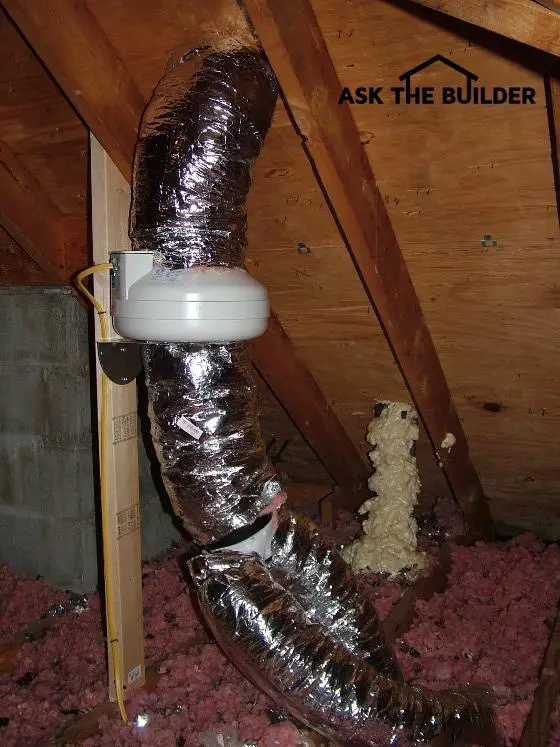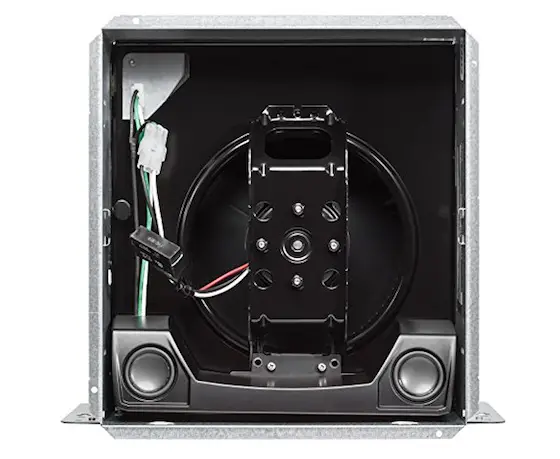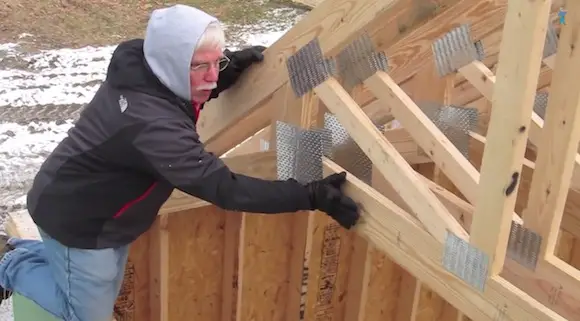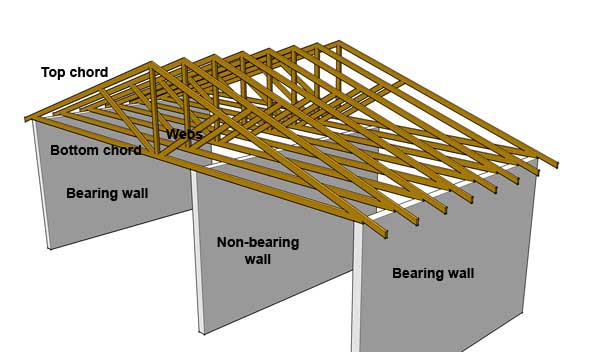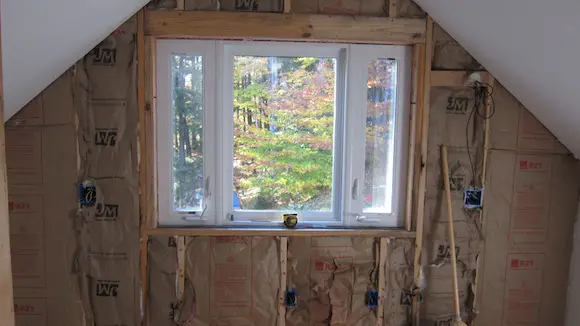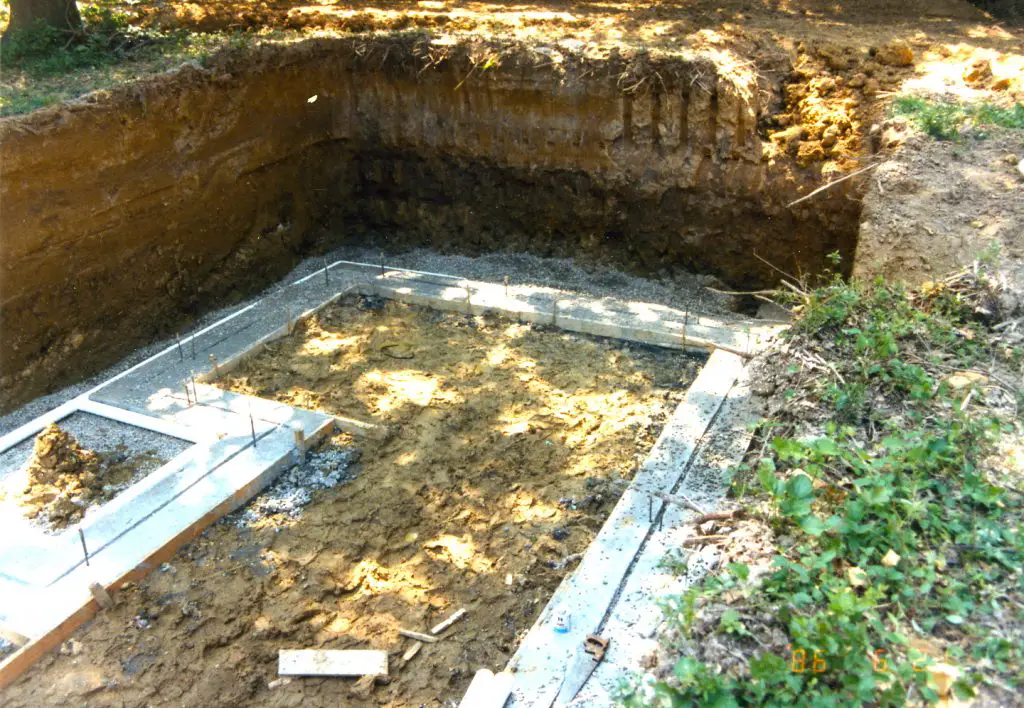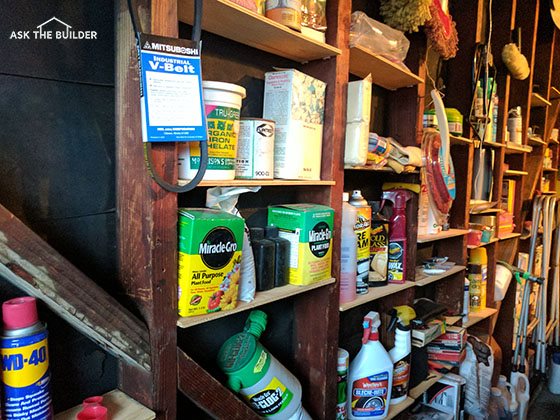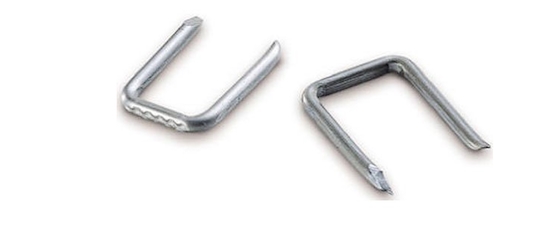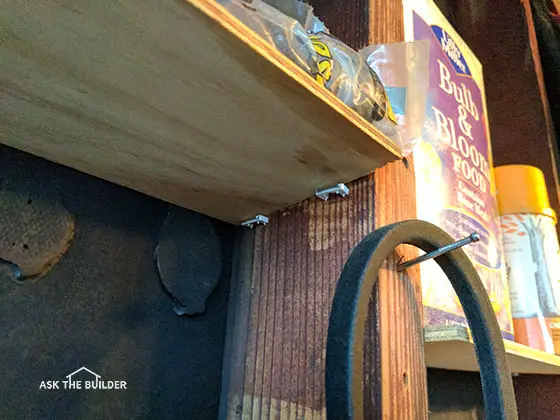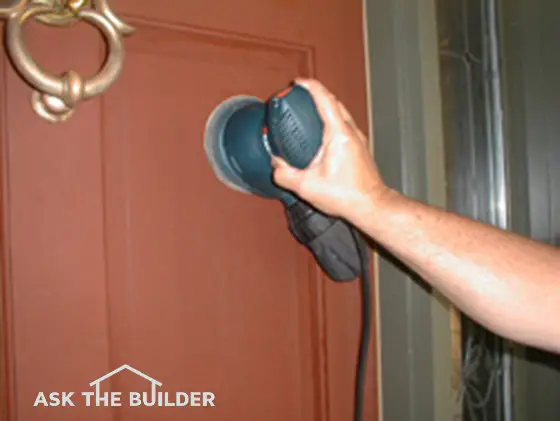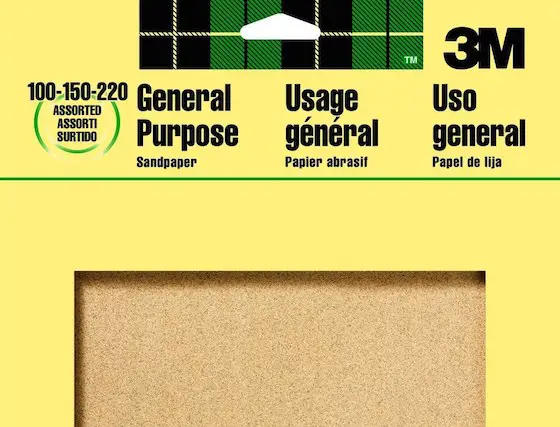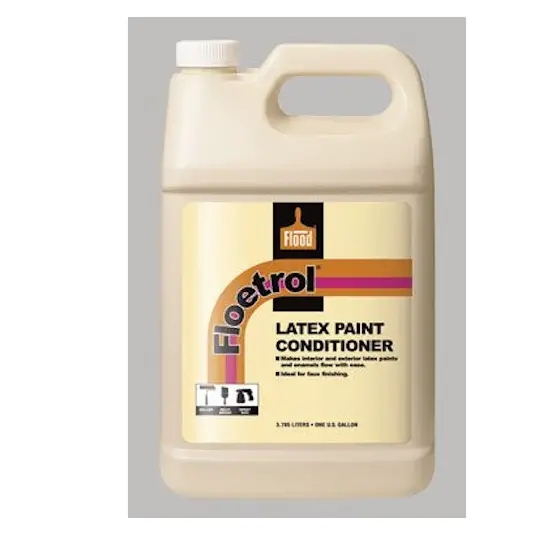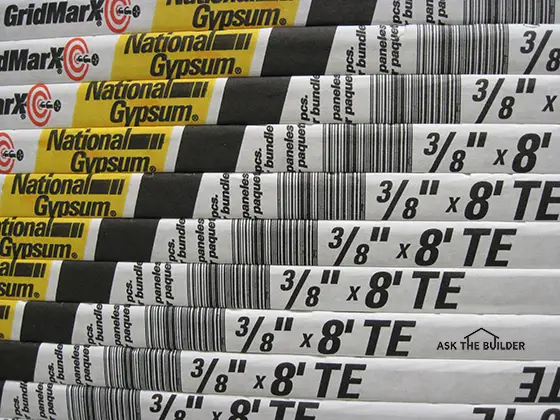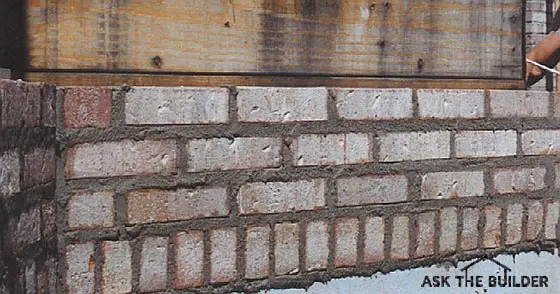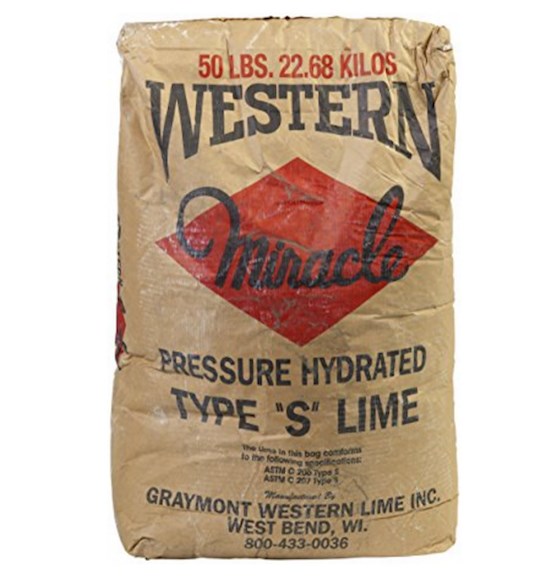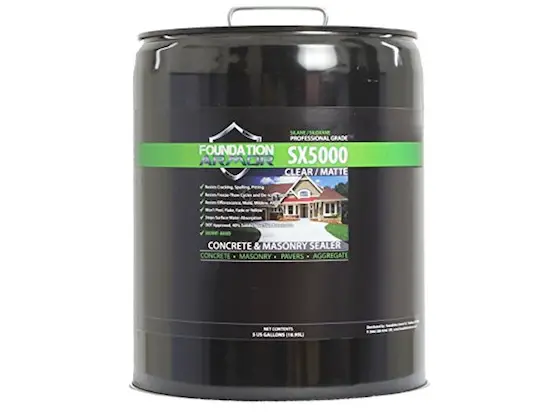Tunneling Tips for Sidewalks and Driveways
- Backhoes and steel pipe for giant jobs
- Chiseled PVC pipe is fantastic
- Tap, rotate, extract remove soil plug
- Sleeve all tunnels
- CLICK HERE to Get Tim's FREE & FUNNY Newsletter
Editor's Note: Trisha, from Hartford, WI, asked on the Happenings Radio Show about filing a void under her sidewalk. Read about it in the September 13, 2020 Newsletter.
DEAR TIM: I'm installing some low-voltage lighting in the planting beds in front of my home. But a sidewalk is blocking me from running the cable from bed to bed.
I don't want to have to break apart the concrete or saw cut a small groove through it. Is there an easy way to go under the sidewalk with disturbing it? Surely you had to do this once or twice as a builder and can share your secret tools and tricks. Mike S, Kalamazoo, MI
DEAR MIKE: How right you are. I can't think of the number of times I had to extend a drain pipe, cable, irrigation line, gas line, etc. under a driveway, sidewalk or retaining wall without disturbing the finished surface material.
Sometimes, the task was easy; other times it was a nightmare. But you're correct in thinking, I learned some creative solutions to the different challenges.
CLICK HERE to get FREE & FAST BIDS from local handymen that can create a tunnel for you.
Giant Pushed Pipe
My first inspiration for creating invisible pathways came from my fantastic backhoe operator Jimmy Rolfes, Sr. We had to extend a pipe under a six-foot-wide sidewalk and digging a tunnel by hand with a duckbill shovel gave me a headache just thinking about it much less from doing it.
Jimmy showed up at the job site with a large 16-foot-long six-inch diameter steel pipe that had a coned-shaped metal end. He dug a two-foot deep trench perpendicular to the sidewalk and laid the pipe into the trench with the pointed end towards the sidewalk.
He positioned his backhoe and used the hydraulic power of the machine to push the pipe under the sidewalk. The entire operation took about five minutes.
Sleeve It
After he pulled the long pipe back out with a chain, a perfect 6-inch-diameter hole was there under the sidewalk. I immediately installed a 4-inch PVC pipe that extended on either side of the sidewalk about 6 inches.
This sleeve would allow someone in the future to get more cables under the sidewalk. I marked the location of the sleeve on the edge of the sidewalk with a grinder cut.
Smaller Secret
You don't need this type of machine or tool to solve your problem, but the point is, there are creative ways to tunnel under the surface. I learned another fantastic trick from a fellow plumber that might work for you.
We had to extend a new 4-inch diameter sewer line from an existing house to a new detached garage / pool house that was seven feet away. There was a sidewalk between the house and the new room addition that could not be disturbed.
We drilled a six-inch diameter hole through the concrete foundation of the house so a 4-inch PVC pipe could be inserted and tilted at a slight upward angle for drainage purposes.
4-Inch PVC Hypodermic Needle
This plumber used a reciprocating saw to cut a chisel point on a scrap piece of 4-inch PVC pipe. The tip of the pipe looked like a giant hypodermic needle.
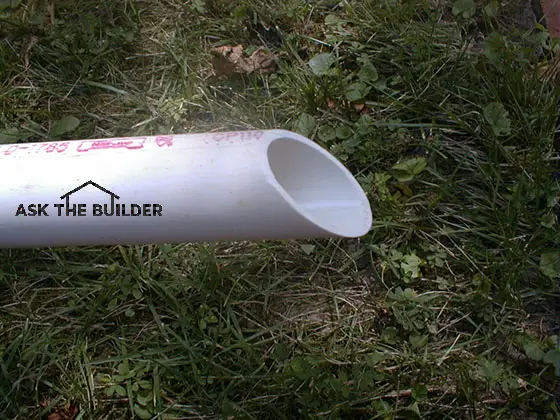
This is what the end of the PVC pipe looked liked before we started to tap it in the ground under the sidewalk. It worked GREAT. © 2017 Tim Carter
We inserted the pipe into the hole and tapped a block of wood fitted against the end of the pipe with a sledge hammer until it pierced into the clay soil about 4 inches.
Using a large pipe wrench we rotated the pipe so that the chisel point end cut out a soil plug. We pulled the pipe back into the basement, removed the soil from the inside and repeated the operation.
Within an hour, we had a perfect pathway created that passed from the existing basement under the footer of the new building.
CLICK HERE to get FREE & FAST BIDS from local handymen that can create a tunnel for you.
1 1/2-Inch PVC Works
You can do this exact same thing to create your pathway, but use a smaller one and one-half inch diameter PVC pipe. You'll have to hand dig a trench as my backhoe operator did so that the pipe you are using is parallel with the top surface of the sidewalk.
If your soil is rocky, you'll probably have to use a steel pipe with the chisel cut instead of the more-fragile plastic piping.
PVC Tunnel Tool Video
Watch this video showing how to use a small-diameter PVC pipe to create one of these magic tunnels.
Use Water
Another ingenious method that's somewhat messy, yet effective, is cutting a pathway using a pressure washer. If your wand has a 0 degree tip, you'll be in business.
A 0 degree tip creates a powerful narrow stream of water not much wider than a pipe cleaner. You'll have to dig a similar trench perpendicular to the sidewalk so you can get the wand parallel with the top surface of the sidewalk.
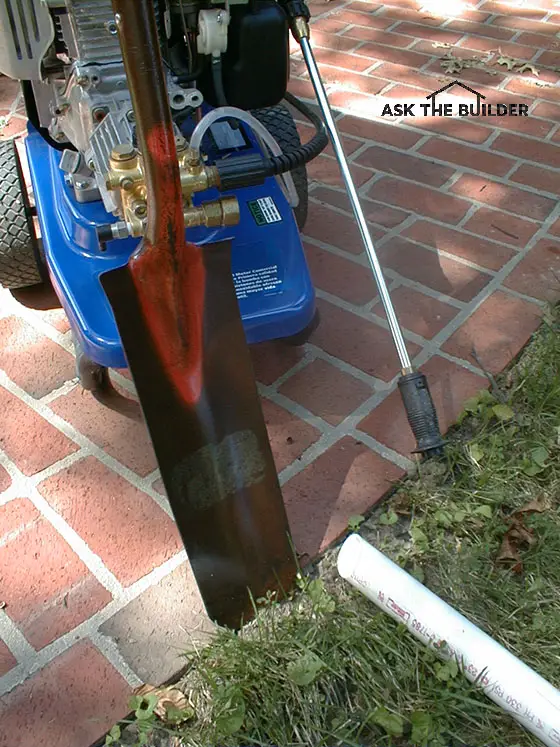
Here's a pressure washer and the wand has a 0-degree tip. You also can see the business end of a duck-billed trenching shovel. © 2017 Tim Carter
Protect Your Eyes
Wear goggles as the high-pressure stream of water will blast out mud, small stones, etc. back towards you as you point the wand directly into the dirt. This method is very effective and depending upon your soil type, you can create a pathway in a matter of minutes.
Stop the spray every few minutes to inspect the size of the pathway you are creating. A 2-inch diameter pathway one foot under the sidewalk should not create any type of structural problem for the sidewalk.
Sleeve It Same Time
If you use a pressure washer, you can actually use a pipe to help control the size of the tunnel. As you start to cut the soil with the water insert a pipe that is a little longer than the sidewalk is wide.
Slide the pressure washing wand into the pipe and start to tap the pipe under the sidewalk as the water cuts the channel. As you remove mud and rocks, tap the end of the pipe with a sledge hammer to drive the pipe. Do this every two inches or so. Protect the end of the pipe with a block of wood to prevent cracking it with the sledge hammer.
If the end of the pipe is always in contact with the soil as the water blasts away, you'll only remove as much soil as the outer diameter of the pipe that is surrounding the wand. Leave the pipe in place once the pathway is created to eliminate settlement problems.
Always Sleeve It
Once your tunnel is created, always install some sort of PVC sleeve. You'll never regret doing this in case you need to run another cable or irrigation line at a future time. Be sure to mark where the sleeve is.
If you want to minimize or eliminate any settlement problems, fill the cavity with sand after the electric cable is installed. Pour sand into the hole and use water from a garden hose to help move it under the sidewalk.
Hand Dig
You can dig pathways by hand with a special duck-billed shovel. These tools have 16-inch long narrow blades that will create a 6 or 7-inch diameter hole.
But the limit of the digging is limited to about half the length of the shovel. It's also very hard to drive the shovel into soil when you're on your knees or twisted like a pretzel in a larger trench.
PVC Needles The Best
The chisel-point pipe method works very well if your soil is primarily clay or a sandy clay. The twisting motion of the pipe cuts a crisp soil plug each time. Use a smaller diameter pipe shoved into the pointed pipe to remove the soil plug.
CLICK HERE to get FREE & FAST BIDS from local handymen that can create a tunnel for you.
Column 524
